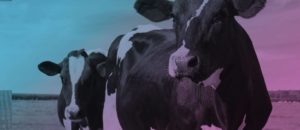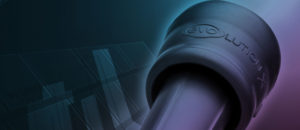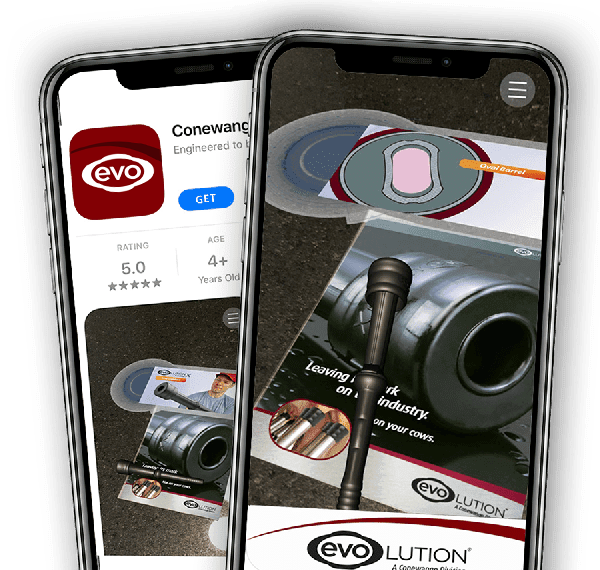5 Steps For Faster & Safer Milking
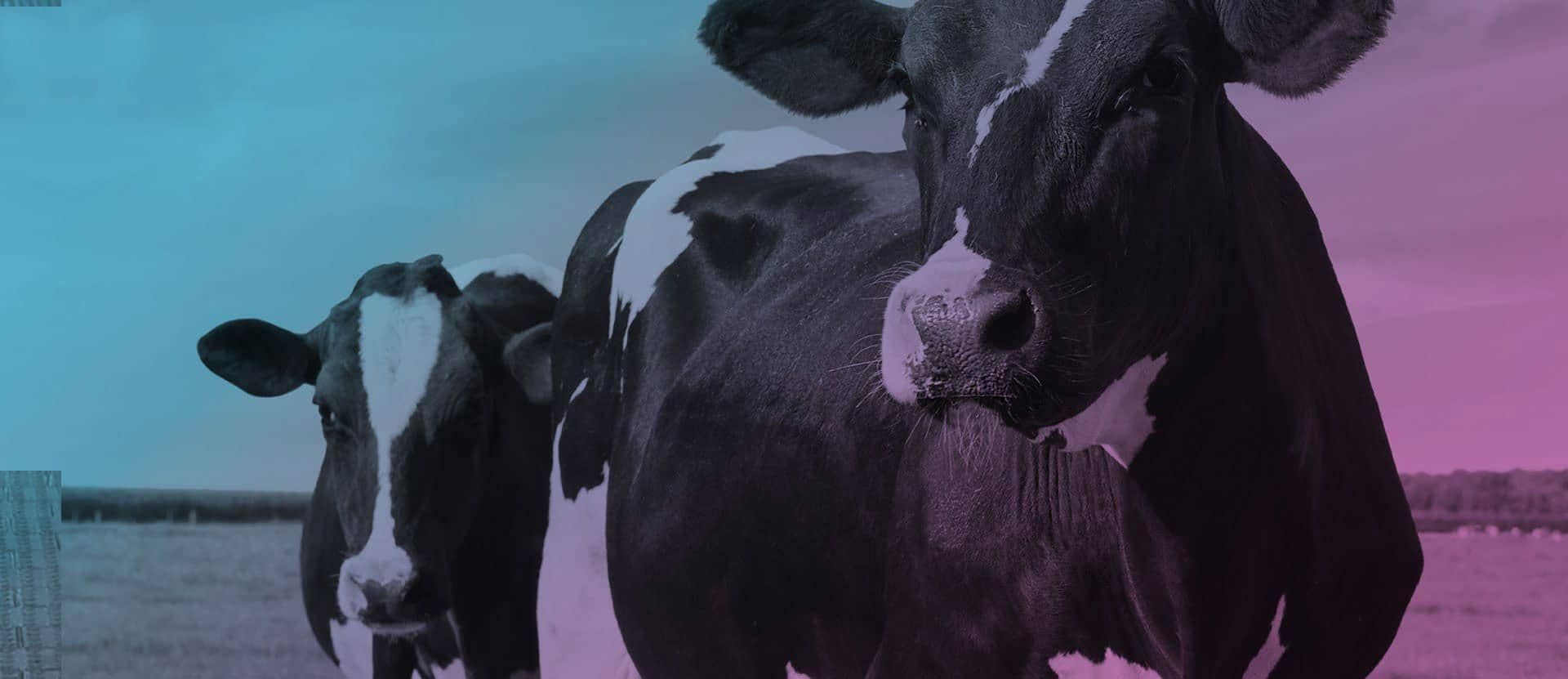
Is it time to replace our parlor?
That’s what Rick and Marleen Adams were wondering two years ago as they struggled to reduce a stubbornly high somatic cell count (SCC). Their double-12 herringbone parlor at Sugar Creek Dairy in Elkhorn, Wisconsin, was more than 20 years old. Average SCC for the Adamses’ 600 Holsteins ranged from 160,000 in winter to more than 200,000 in summer.
I’m kicking myself for not doing it sooner.” The Adamses’ experience shows that faster milking doesn’t have to come at the expense of cow health and milk quality.
Many factors are, of course, necessary for successful milking, but focusing on a few key areas of the milking system can help almost any dairy optimize their settings to harvest milk as quickly, gently and completely as possible. Here are five steps dairy managers can take now for faster, safer milking:
Step 1: Know the recommended vacuum range for your liner
Step 2: Measure claw vacuum during peak milk flow
Claw vacuum, not system vacuum, is the most important and direct measurement of milking machine performance, Johnson says. “System vacuum is irrelevant,” he says. “What matters is average claw vacuum during milking in the highestproducing cows. It’s the starting point for setting system vacuum that best matches the liner.”
Because claw vacuum is inversely proportional to milk flow rate, it will be lowest at peak flow, generally between the first and second minute after unit attachment.
